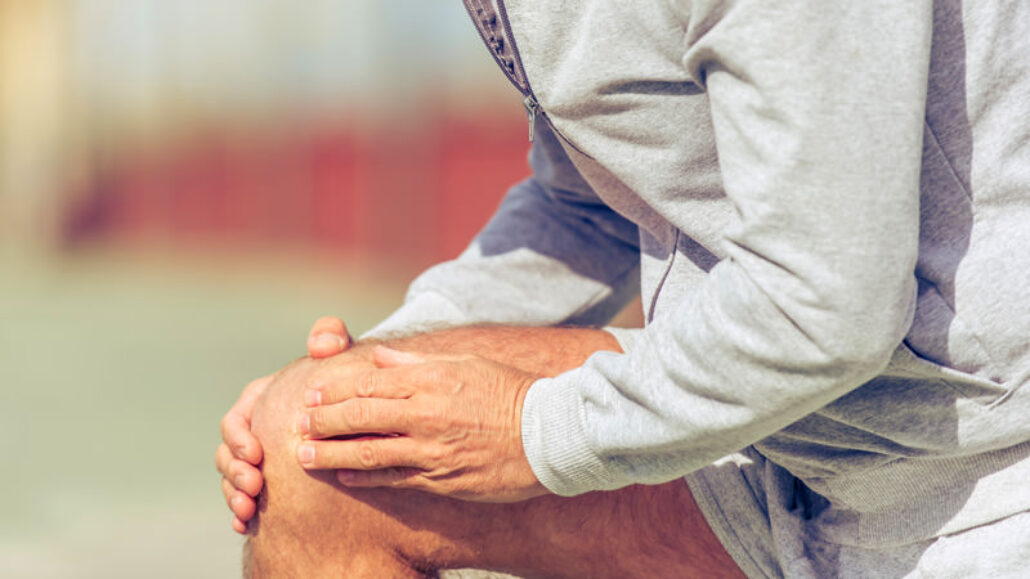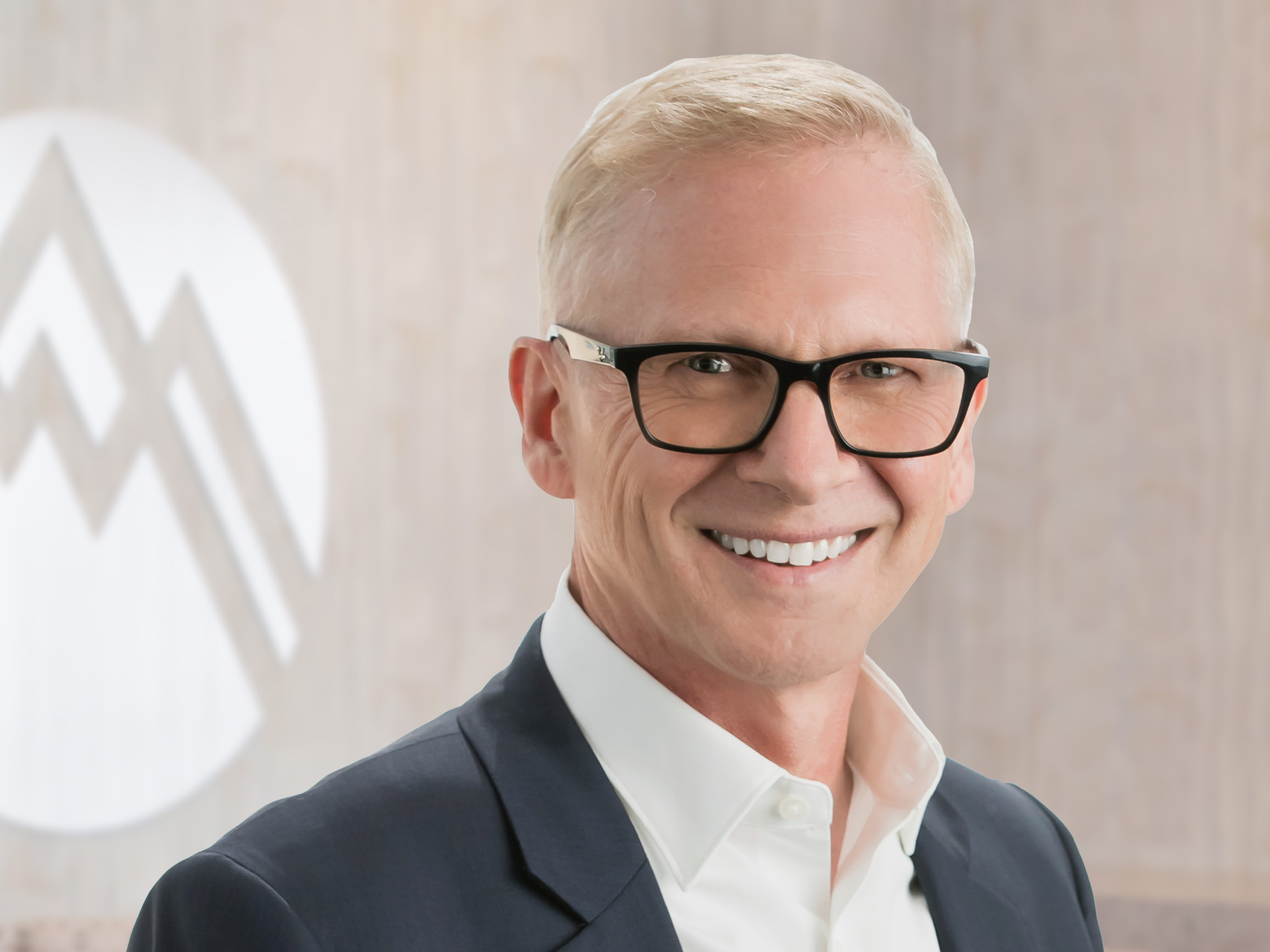As our understanding of chronic tendon pain has evolved, new treatments have been developed for tendon problems. Dr. Scofield explains a promising new ultrasound procedure he is offering at Summit to relieve tendon pain.
Historically, ongoing tendon pain was thought to be caused by inflammation and was treated with anti-inflammatories and cortisone shots. Although these treatments provided temporary pain relief, they have often not been helpful healing the damaged tendon. Now we understand that scar tissue, not inflammation, is at the root of chronic tendon pain. Summit Orthopedics will be offering a new ultrasonic technology that treats tendon issues at their source by removing the painful scar tissue.
“As our understanding of chronic tendon pain advances, so do the therapies we use to treat it,” explains Summit sports medicine physician Dr. Kirk Scofield. “Some of the newer treatments we use include platelet-rich plasma (PRP) injections, strengthening exercises, and the Tenex procedure based on ultrasound technology.”
- Physical therapy exercises for chronic tendon pain are designed to strengthen the muscle that the tendon is attached to and to also strengthen the tendon. “If you go to the weight room to strengthen your biceps muscles, your body responds by remodeling your bicep muscle to make it stronger,” explains Dr. Scofield. “In the process, it also has to remodel the tendon; the muscle and tendon strengthen together. The exercises that we use to treat chronic tendon pain, or tendinopathy, are designed to get your body to remodel the muscle and injured tendon together to re-create normal or stronger tendon tissue. Additional physical therapy interventions that can be helpful involve modifying body mechanics, and direct manual therapies over the tendon such as cross friction massage, Graston Technique, or dry needling to increase blood flow.
- Ultrasound technology was initially used to guide cortisone injections to relieve pain at the site of tendon injury. Cortisone is generally not used to treat Achilles and patellar tendon injuries because research has shown that these injections may actually weaken the tendons over time and lead to tendon rupture.
- Needle tenotomies take ultrasound technology a step further, using visual ultrasound guidance to fenestrate, or puncture, tendon tissue with a needle. Research has shown that this physical disruption of the tendon can re-create bleeding and jumpstart the healing process.
- Similarly, PRP injections use the patient’s own blood serum and platelets at the site of the tendon injury. Studies suggest that the platelets attach, activate, and release chemotactic factors to support healing.
- The new Tenex generation of ultrasound technology uses two distinct types of ultrasound: ultrasound-powered tools to break up and remove scar tissue and visual ultrasound guidance. Tenex is unique in that it’s the first type of treatment in which diseased parts of the tendon can actually be removed without surgery.
“The evolution of ultrasound-based treatments is similar to the progress we’ve made over time with arthroscopy,” says Dr. Scofield. “We started with open surgery to fix injuries such as an ACL or meniscus tear. Then, arthroscopy developed and we could insert scopes into joints to assess injuries in a less invasive way. Over time tools were developed to perform even complex arthroscopic procedures in less invasive ways.
“Ultrasound-guided procedures like Tenex have developed in the same way,” he continues. “Today, we are beginning to use ultrasound for more than just visualizing tissue and placing needles for injection; we are actually using ultrasound-powered tools to cut, debride, and remove scar tissue in the tendon under visual ultrasound guidance. Although there is still a role for surgery in some cases of tendinopathy, these new ultrasound-based procedures are minimally invasive and can be done without surgically opening up the joint in an operating room. Initial studies are very positive for Tenex, with one showing a 94 percent resolution of tissue damage and a 100 percent patient satisfaction rate. Subjects remained pain-free even at three years’ follow-up.”
Summit Orthopedics offers comprehensive sports medicine expertise
From Olympians to pro athletes to kids in youth sports and those that just want to be more active—Summit Orthopedics delivers expert care by fellowship-trained sports medicine physicians. If you are recently injured or concerned about ongoing pain, Summit Orthopedics sports medicine specialists have the expertise to evaluate your discomfort and develop a plan to quickly and safely help you get back to being active.
Start your journey to stronger, healthier athletic condition. Find your sports medicine expert, request an appointment online, or call us at (651) 968–5201 to schedule a sports medicine consultation.
Summit has convenient locations across the Minneapolis-St. Paul metro area, serving Minnesota and western Wisconsin. We have state-of-the-art centers for comprehensive orthopedic care in Eagan, MN, Vadnais Heights, MN, Plymouth, MN, and Woodbury, MN, as well as several additional community clinics.

